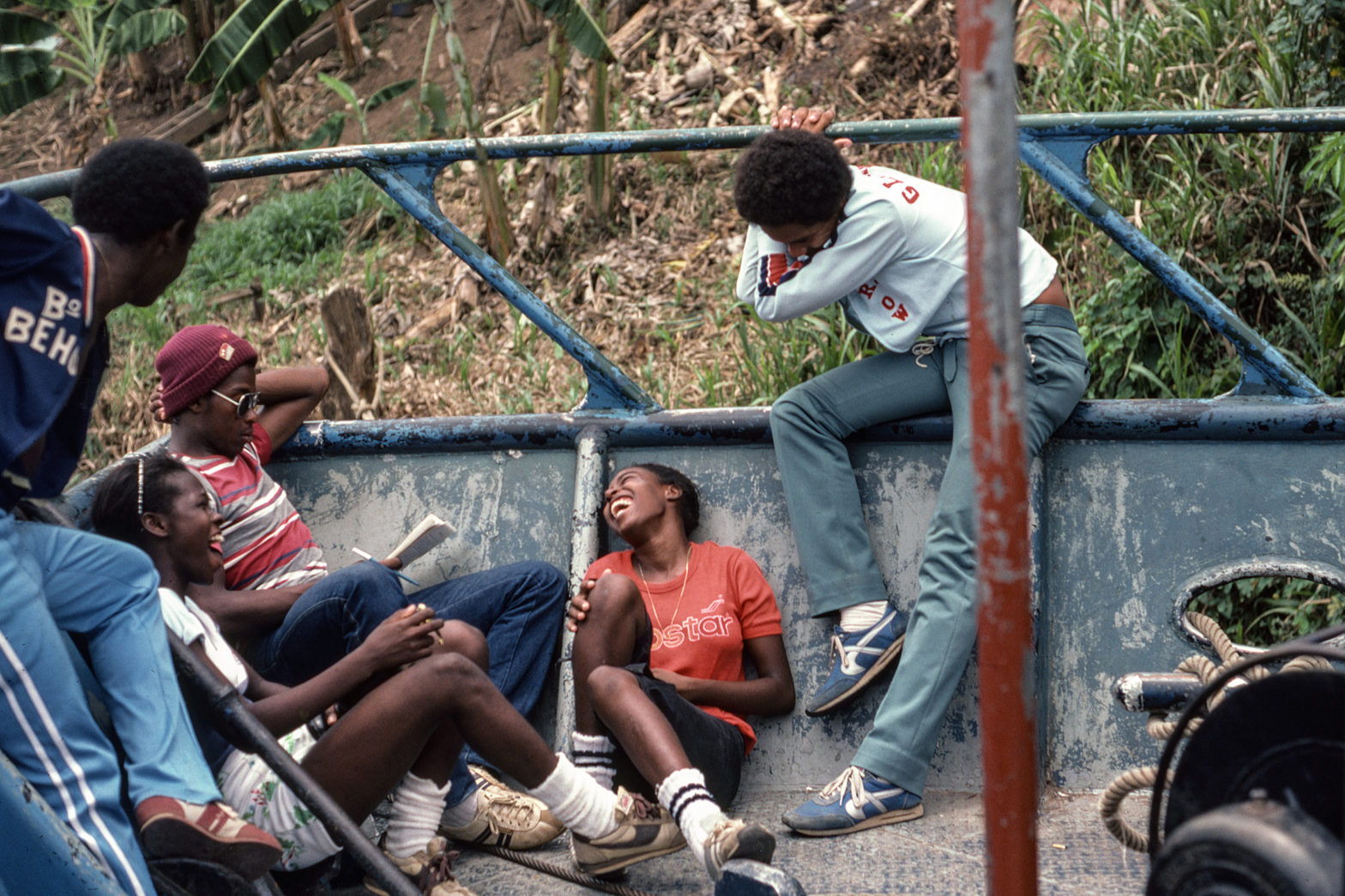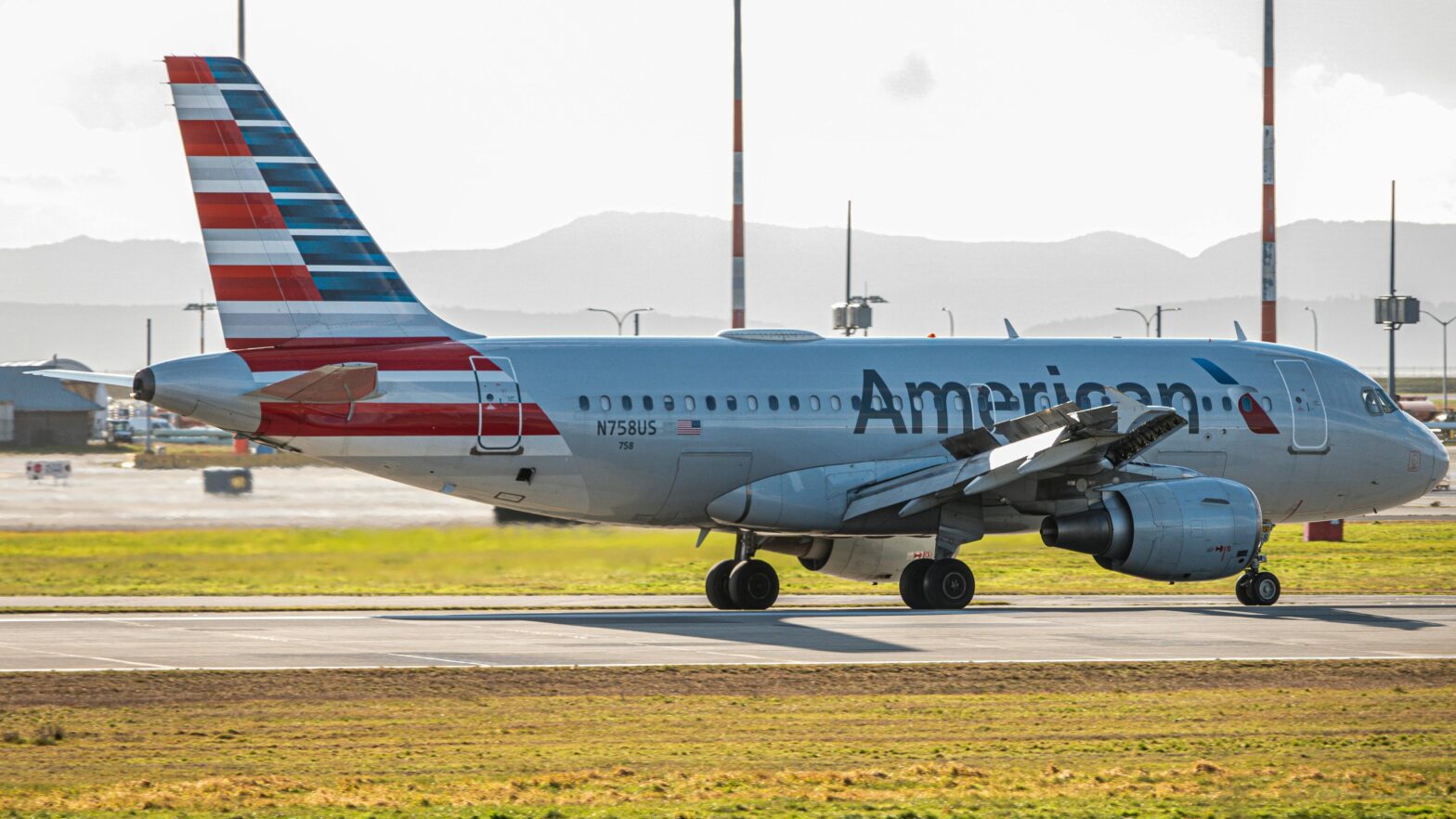Bluefields is home to Nicaragua’s largest African settlement and Creole culture. Located at the mouth of the Escondido River and the Caribbean Sea, its history sits bursting with documentation of movement, settlement and a regathering of culture.
Bluefields’ African-dense history dates back to the 1630s, when the British started to settle in the region, bringing with them captured Africans. These Africans were brought to Nicaragua to work the plantations, agricultural forestry and to trade with the Spanish colonies.
Known as the ‘Mosquito Coast’ (or Misquitia), the Nicaraguan/Honduran Caribbean coast soon became a space where African, European and Indigenous cultures blended together to create a new culture.
As with many Caribbean coastal regions in Central America, there is also heavy influence from Jamaica found in this Caribbean port city. Kayomi Wada, of the University of Washington, writes “Enslaved Africans from Jamaica later sought freedom in and around Bluefields in the 1700s and after British emancipation in 1834, the area became a destination for free blacks from across the British-controlled Caribbean.”
During the 1740s, it was also noted that the area fell under administration of Jamaica’s colonial authorities. In subsequent years, many other Caribbeans from neighboring Anglo-Caribbean countries came to Nicaragua’s Bluefields and nearby regions.
Another defining part of the region’s history and current relationship with Nicaragua, is Bluefields’ historically secluded stance from the rest of the country. An alliance was formed between the British and an Indigenous group, the Miskito people (also Miskitu), which saw the British cease their physical presence and control while officially still ‘protecting’ and having power over the region.
During this time, the self-governing “Mosquito Reserve” flourished due to an absence of direct colonial control. The cultural, economic, political and social control of this region was in the hands of the Indigenous and those who identified themselves as ‘Creoles’. This alliance, which stretched across the ‘Miskito Kingdom’ (Nicaraguan and Honduran Caribbean Coast), lasted until 1844.
Later, in the 1880s, North American capitalist interests completely transformed the Nicaraguan Mosquitia region, and in turn the Creole culture that had been built up. This resulted in an overhaul of people in position; less Creole people occupied positions of power, while more ‘Mestizo’ and whites from the U.S. held the power.
This change redefined the Bluefields we see today: “[…] Spanish replaced English as the region’s official language, and teaching in other languages was forbidden.” writes Carole Boyce Davies in the Encyclopedia of the African Diaspora: Origins, Experiences, and Culture.
This also saw the majority of Creoles having to find work within the new companies – namely as laborers, growers, contractors, and clerks.
Shortly after, in 1893, the Mosquito Coast was incorporated into the Nicaraguan state. This integration meant that almost 100 years later, Bluefields would become the capital of the South Atlantic Autonomous Region in May 1990.
Today, Nicaragua is said to have the largest population of African descent people in the whole of Central America. Of this faction, approximately two thirds reside in Bluefields, Nicaragua. More Black people have restored the culture or returned to positions of power that their Creole ancestors assumed. Even while rising to power, Bluefields remains a place aware of its political presence and protests full restoration while continuing to redevelop.





